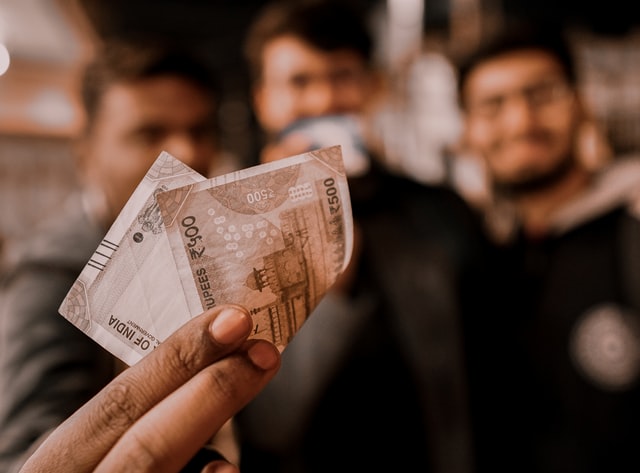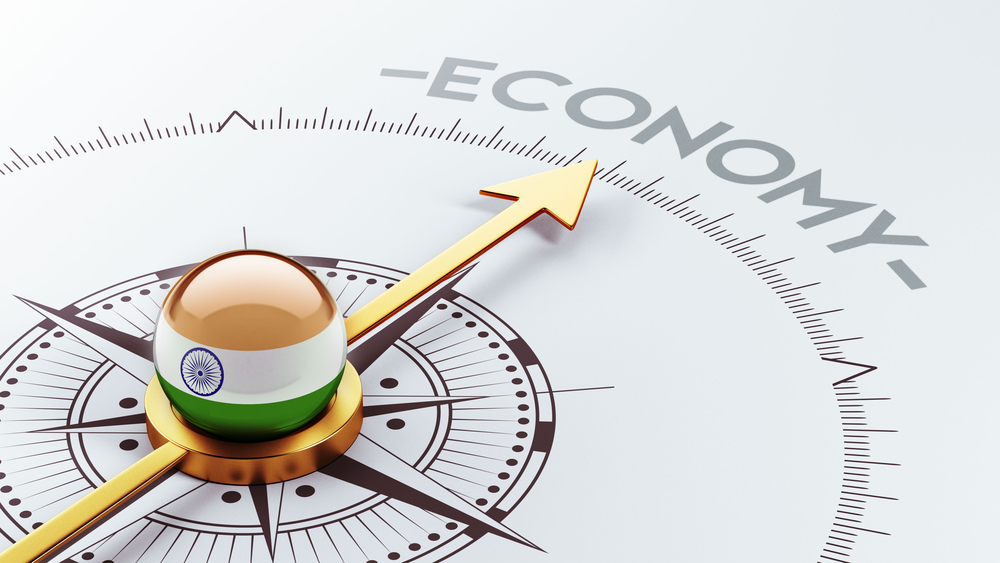Plunge In Rupee Value May Stall India’s Recovery
Covid scare, FPI pull-out drive the currency into the red against the greenback

The Reserve Bank of India (RBI) must be finding itself in a peculiar situation. The ample liquidity in the system has brought the central bank in a tight spot as on one hand it fights to keep under control the domestic bond yields in its efforts to keep inflation under check, on the other hand, the Indian Rupee (INR) begins to depreciate against the greenback.
The rising Covid cases in the second wave along with a shortage of vaccine has also played its role in the situation slipping out of the RBI control on the exchange rate front. The gradual pull-out by the Foreign Portfolio Investors (FPIs) from Indian equities following a spurt in Covid cases has also played its role in the INR depreciation.
“Choppy times are ahead for the Indian rupee, which was definitely not expected, as the liquidity dimension added by the RBI and the commentary provided has spooked the market,” Madan Sabnavis, Chief Economist at Care Ratings, says in a note.
One week back, there was concern on the RBI buying dollars in the forward market to stem appreciation in the rupee. Markets were concerned about excess liquidity coming into the system and heaved a sigh of relief as the RBI turn towards the forwards and not spot market.
Sabnavis said, “But post RBI credit policy, the rupee has gone downhill. It crossed the Rs 75-per-dollar mark on Monday and one is not sure where it will go. The fundamentals appeared to be strong, and our call was Rs 74-74.5 a dollar for the first quarter under ceteris paribus conditions.”
What has changed?
The RBI policy of providing even more liquidity to the system through the G-SAP, though positive for the bond market – where yields have softened by 5-8 basis points – is not so for the currency. There is now excess liquidity of Rs 7 lakh crore in the reverse repo basket and there will be an infusion of Rs 25,000 crore on Thursday (April 15).
“So much liquidity in the system is not good news for the rupee. Add to this the panic attack of the pandemic-induced lockdown and the news of shortage of vaccine, the economy does not look as strong as was conjectured,” Sabnavis says.
The International Monetary Fund (IMF) has spoken (probably too early), of growth of 12.5 per cent and there is serious doubt on this being attained as one month of the year will be associated with lessened economic activity. And more importantly uncertainty will prevail. This has gotten reflected in the rupee-dollar rate, he says.
How does this work?
A lot of liquidity means interest rates will remain low. If we look at the US 10-years yield, it is now at 1.66 per cent and has been going up, while our bonds are being driven down. “For an investor, India becomes less attractive and we have already seen FPIs flows for the month being marginally negative so far at - $ 131 million,” says the Care Ratings note.
The trade deficit has been widening and will continue to do so as the economy recovers, and imports pick up. Global commodity prices are rising which will widen the deficit. “Exports need to pick up, but one cannot be sure. Therefore, the fundamentals will tend to point towards depreciation. The RBI’s promise of ample liquidity has hastened this process,” Sabnavis says.
India has reported an all-time high FDI inflow till January which does reinforce the India story. FDI of $ 72.1 billion came in which was the highest in the last five years. ECBs was a different story as approvals were down to just $ 26 billion in the first 11 months of the year compared with $ 45.5 billion in FY20. This is because of a fall in investment and a drop in overall borrowings. A turnaround here will be contingent on how the investment cycle performs as well as movement in interest rates in overseas markets.
On the external side, it is expected that the dollar will strengthen and exert pressure on other currencies. This is exogenous to our system and has to be buffered. Better growth prospects as well as orderly rollout of the vaccine is good news for the US economy and the dollar.
“We need to see how the rupee moves and with the 75- mark reached, there should be some correction post the first G-SAP auction. “We still maintain Rs 74-74.5/$ is the fair rate, but the market may prove us wrong,” Sabnavis says.









